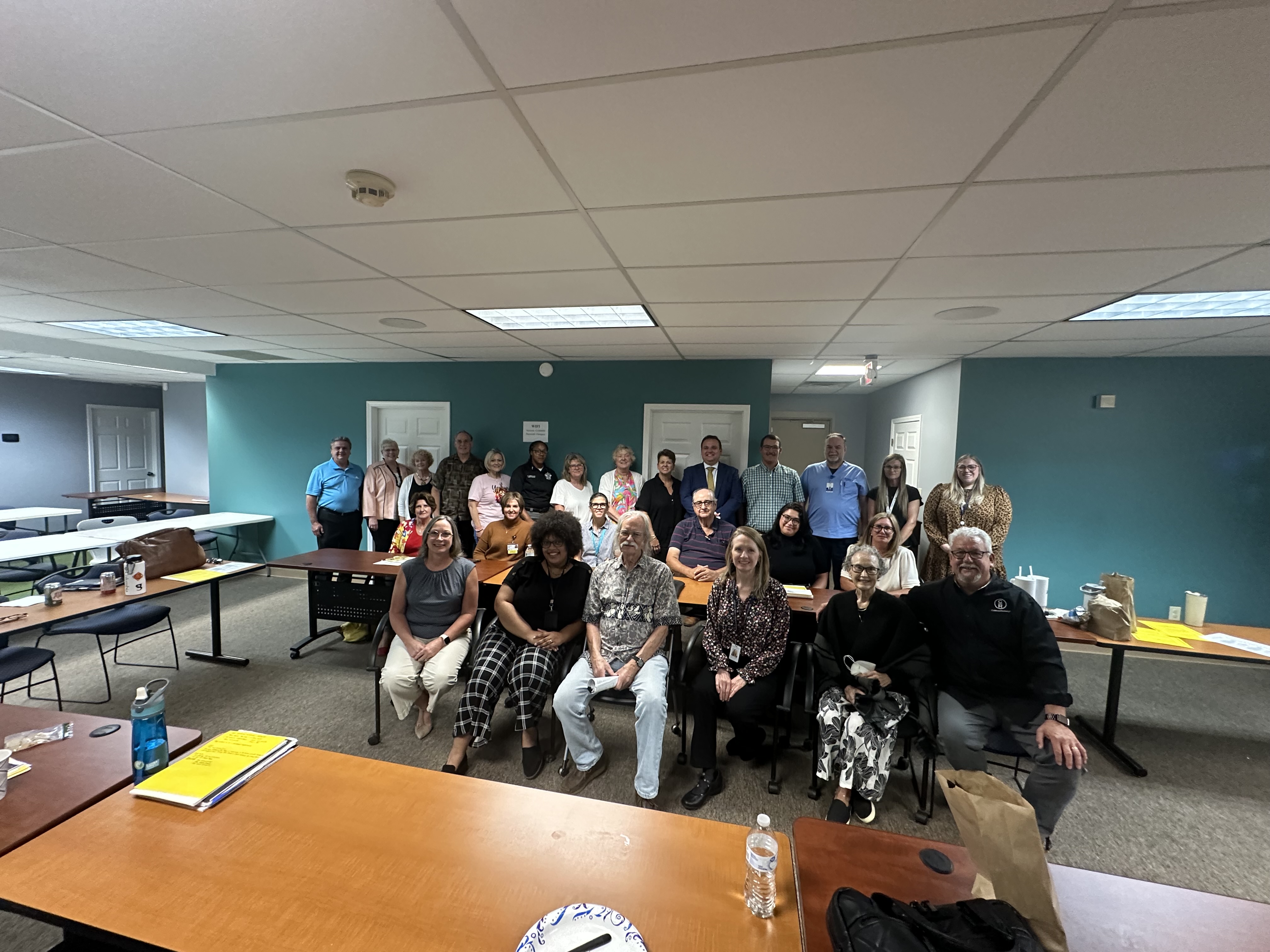LIVING WATERS: River Sweep set for June 16
Published 10:50 am Tuesday, June 12, 2018



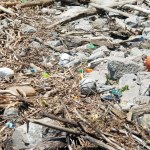
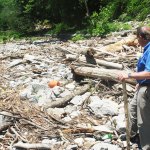
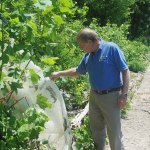
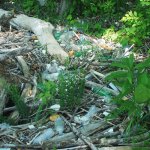
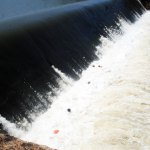
Like many others, Clark County Solid Waste Coordinator Gary Epperson grew up swimming in the Kentucky River.
That was in the 1970s, before the advent of water quality regulations, environmental protection laws, recycling and many other now-common programs and protections.
Swimming in the river was part of summer.
Trending
Suffice it to say, things are much better now, partially because of Epperson’s efforts in coordinating the annual River Sweep event in Clark County.
On one Saturday each June, volunteers from Clark and Madison counties congregate and spend the morning collecting trash that washed up below Lock and Dam 10 at Fort Boonesborough State Park.
After 23 events, there is still a need, unfortunately.
“We hope we can cancel this event someday,” he said.
This year isn’t the time, as volunteers are expected again June 16 to clean along the banks of the river.
The event
With only a couple weather-related cancelations, the River Sweep has occurred every year, Epperson said.
This year’s plans are much like previous years. Local industry has sponsored a cookout for volunteers after the work ends. Boats have been lined up to help collect the bags of trash, rather than trying to carry them back up a trail.
Volunteers and local officials from both counties are expected to come and help, sometimes crossing to the other side of the river, he said.
“I’ve been doing this for 20 years myself,” said Epperson, who also serves as Clark County’s Emergency Management Director and CSEPP director. “It’s a seven state-wide effort to clean up the Ohio River and its tributaries.”
Clark County has about 20 miles of shoreline along the river, as well as another 10 miles of the Red River, he said.
“It is the most important resource in Kentucky,” he said “We want to try and keep it clean.”
The river, as evidenced by Fort Boonesborough along its banks, the quarry, boat ramps and restaurants, is still important to Clark County today. Riversports, including kayaking, are growing in popularity including along the Kentucky River in Clark County, he said.
Clark County is a natural collection point for garbage and litter as the currents push all the debris to the Clark County side of the river below the dam, Epperson said.
Last year
According to Kentucky River Authority Executive Advisor Sue Ann Elliston, the 2017 River Sweep occurred in 20 counties and 19 locations, with Clark and Madison working together. Among the participating counties, 772 volunteers came to pick up garbage and trash along the associated banks, she said.
Clark and Madison counties had 86 volunteers and 200 bags of trash collected, she said.
And there was still trash left over, Epperson said.
The total amount of garbage collected is difficult to calculate as some counties reported it in pounds, others in cubic yards and one by the truck load. Among the totals:
— Clark and Madison: 200 bags
— Fayette: 940 lbs.
— Woodford: 1,700 lbs.
— Jessamine: 60 lbs.
— Franklin: 600 lbs.
— Owen: one dump truck load
— Wolfe: 6,000 lbs.
— Rockcastle: six bags and 42 tires.
Where does it come from?
The easy, obvious answer is upstream.
In reality, it’s not that simple.
Most of it starts as litter.
“The roadside litter washes into a roadside ditch and (eventually) into the river,” Epperson said.
On a weekday afternoon, the Clark County side of the river, below the dam, is strewn with driftwood.
Tangled in between are dozens of plastic bottles, all with their caps firmly attached. There’s a metal tank, a plastic sheet that may have wrapped a car’s bumper. And there are basketballs, lots of basketballs. That’s not counting the 10 or so floating at the bottom of the dam, caught in the current.
Some of the trash is left by fishers, he said, but the vast majority of it washes down from other parts of Kentucky. High water brings it down the river. When the level goes down, the garbage is left behind.
Occasionally, there will be clues like a prescription bottle from Whitesburg in Letcher County, he said, but it is a rare exception.
“There’s no excuse for it,” he said of the garbage. “There’s still a lot of illegal dumping in eastern Kentucky.”
An improving history
The River Sweep has occurred annually along the tributaries of the Ohio River, which includes the Kentucky River. It forms the border between Clark and Madison counties
Decades of education, clean-up efforts along with new state and federal regulations and laws have made a tremendous difference in the overall health of the river, Epperson and Elliston said.
“The quality of the Kentucky River is better than when I was swimming in it as a kid,” Epperson said. “You didn’t have any regulations over water in the 1970s.”
The river is not going to be perfectly clear, as it is a living river, but it is still safe to swim in, with proper supervision, as well as boating and other activities, Epperson said.
A shift in garbage
In the early years of the River Sweeps, cleaning the river banks took a lot of heavy lifting.
“When I first started, there were a lot of big items like appliances and cars,” Elliston said.
Decades ago, there weren’t places to dispose of or recycle things like refrigerators or old cars, and they often got pushed over the edge and into the river, Epperson said.
In the intervening years, many counties passed mandatory garbage pickup laws, Elliston said, and public education campaigns have spread the word about proper disposal as well as the danger to the environment.
“Years ago, when a flood came through, the water would recede” and deposit diapers, plastic bags and other things through out the trees along the river, she said. “Now when the water recedes after a high water event, you’re finding plastic bottles, basically your every day trash.”
The bottles on the banks all have one thing in common, Epperson said. They all have their lids still attached.
“Just think about how much there is that gets deposited under the water,” he said.
Odd things still turn up from time to time, with one of the most memorable being a table lamp made from a stuffed raccoon, Epperson said. The taxidermist, though, did not do a good enough job preserving the animal, and it rotted before being thrown out. It was picked out of the river and disposed of property.
What you can do
This year’s River Sweep begins at 9 a.m. Saturday, June 16, at the beach at Fort Boonesborough State Park. Epperson said several boats have been obtained to ferry volunteers and the collected garbage back and forth across the river. Volunteers should wear sturdy shoes or boots, leather gloves, sun screen and a hat. Lunch will be provided by Sekisui. All volunteers will also receive a T-shirt.
For more information, call 737-0303.












